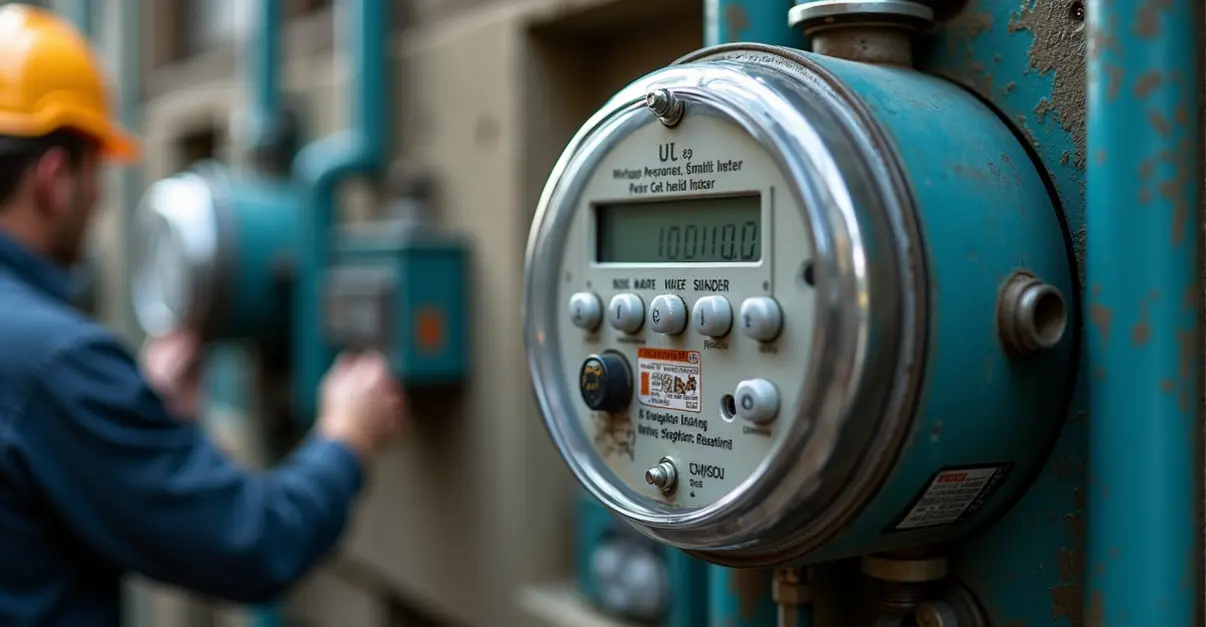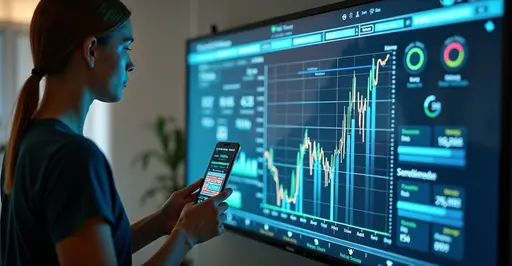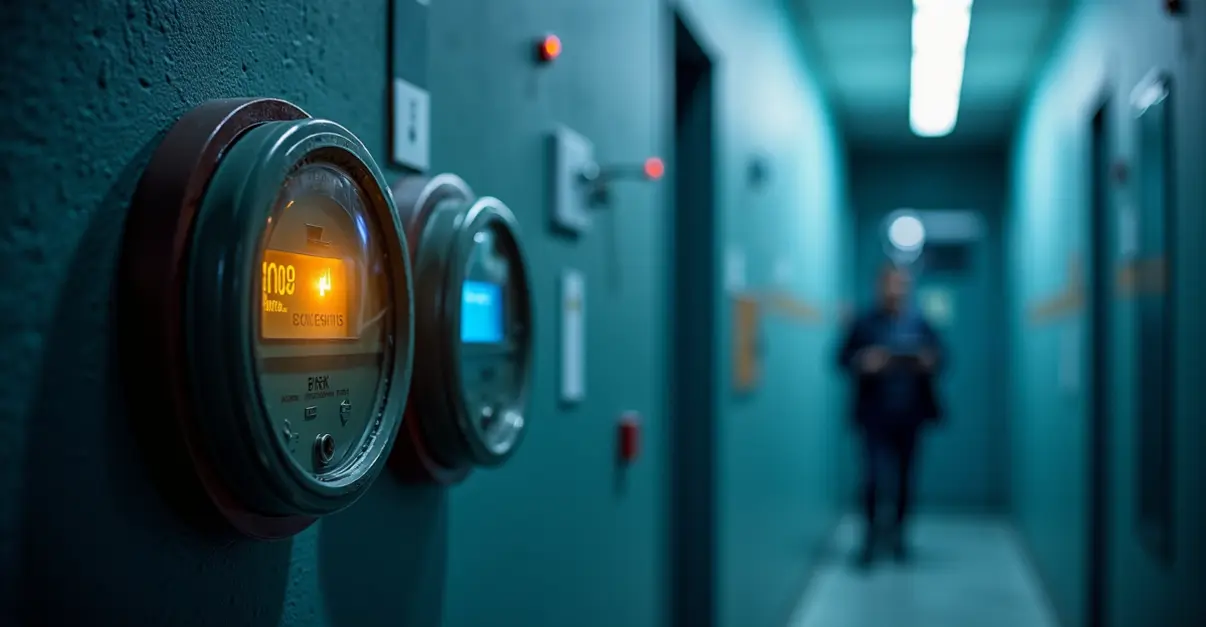Smart meter rollouts are accelerating demand response trials where households receive dynamic pricing signals to reduce peak electricity loads. This helps utilities manage growing demand without major infrastructure investments.

Smart Meter Expansion Drives Grid Modernization
The rapid deployment of smart meters across North America and Europe is creating unprecedented opportunities for demand response programs that help utilities manage peak electricity loads. According to recent industry reports, smart meter penetration in North America reached 80% in 2024, with projections showing 91% coverage by 2030. This infrastructure expansion enables utilities to implement dynamic pricing signals that encourage households to shift energy consumption away from peak periods.
Dynamic Pricing Signals Transform Consumer Behavior
Households participating in demand response trials are receiving real-time pricing signals through their smart meters, allowing them to make informed decisions about when to use electricity. 'We're seeing customers reduce their peak consumption by 8-15% when they have access to real-time pricing information,' says Dr. Sarah Chen, energy researcher at Stanford University. 'This represents significant potential for grid optimization without requiring major infrastructure investments.'
The technology works by sending price signals to consumers during periods of high electricity demand, typically in late afternoons and early evenings when air conditioning and other appliances create the highest strain on the grid. Research from Norwegian studies shows that well-designed tariff structures can achieve meaningful peak reduction while minimizing the risk of creating new demand peaks through load shifting.
Addressing Growing Electricity Demand
These demand response initiatives come at a critical time as U.S. electricity demand is projected to increase by 25% by 2030 and 78% by 2050, driven by electric vehicle adoption, AI data centers, and industrial growth. According to Pew Research, this surge could lead to residential electricity rate increases of 15-40% by 2030, making demand management increasingly important for both grid reliability and consumer affordability.
'The combination of smart meters and dynamic pricing represents one of our most cost-effective tools for managing the transition to a cleaner, more resilient grid,' notes Michael Rodriguez, director of grid innovation at a major utility company. 'We're not just asking customers to conserve energy - we're giving them the information and incentives to use it more intelligently.'
Technology and Market Trends
The global smart metering market is projected to reach $29.29 billion in 2025, growing at 9.9% annually according to industry analysis. Key players like Itron, Landis+Gyr, and Aclara dominate the North American market, with wireless RF technologies, particularly Wi-SUN-based mesh networks, emerging as the preferred communication method.
Advanced features include real-time consumption monitoring, outage detection, and power quality monitoring, enabling utilities to respond more quickly to grid disturbances while providing consumers with greater visibility into their energy usage patterns.
Challenges and Future Outlook
Despite the benefits, challenges remain including consumer privacy concerns, cybersecurity requirements, and the need for clear communication about how dynamic pricing works. However, as smart meter infrastructure continues to expand, experts predict that demand response programs will become increasingly sophisticated, incorporating artificial intelligence and machine learning to optimize grid operations.
'We're just scratching the surface of what's possible with smart meter data,' says energy analyst Jennifer Park. 'As we collect more data and develop better algorithms, we'll be able to create more personalized and effective demand response strategies that benefit both utilities and consumers.'

 Nederlands
Nederlands
 English
English
 Deutsch
Deutsch
 Français
Français
 Español
Español
 Português
Português









